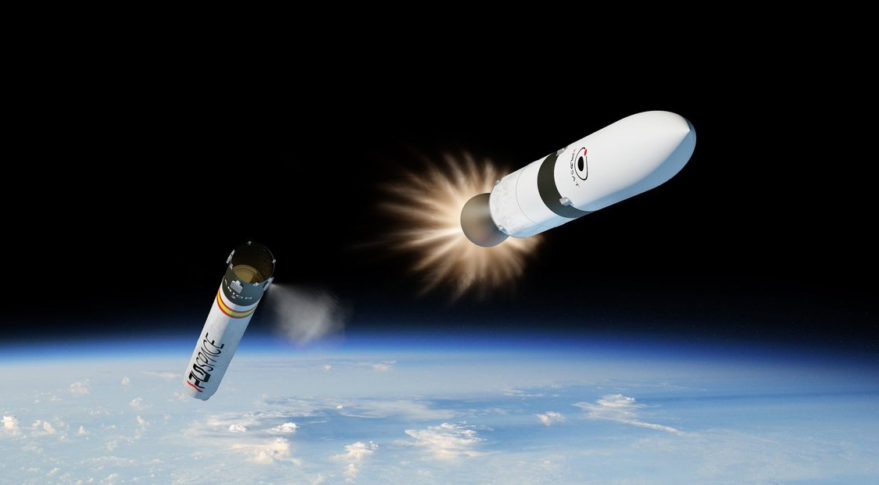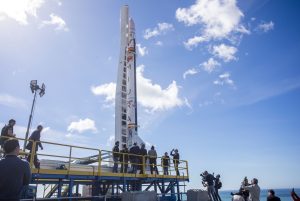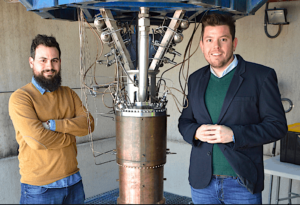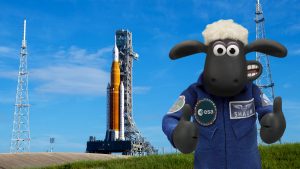PLD Space Miura 1 and Miura 5 Facilities
10th Dec 2020
State-owned enterprises have lost their supremacy in space in the early 2000s. It was then that Elon Musk (SpaceX), Jeff Bezos (Blue Origin, Amazon), and Richard Branson (Virgin Group) had the opportunity to prove that private companies can not only compete with government ones but also go far ahead.
Business flexibility allowed creating a competitive environment and accelerating market development at times. The number of private companies involved in the space sector is growing every year, with satellite and launch vehicle manufacturers taking the lead. One of them, the Spanish company PLD Space, will be covered here.
Space Torero
PLD Space (Payload Aerospace SL) was created in 2001 by Spanish citizens, Raul Torres and Raul Verdu. The headquarters and production facilities are located in the Elche Industrial Park (Alicante) on the southeast coast of Spain.
The startup has raised €10 million in funding through a series of investment rounds and has long-term contracts with the Spanish government and ESA.
PLD Space mission tests microgravity and launches into the low-earth orbit of small payloads – CubeSats and nanosatellites. Two launch vehicles are being developed for this task – Miura 1 and Miura 5.
In 2015, the company entered into a 25-year agreement with the largest technical airport in Europe, Teruel, to use an area of 13 thousand square metres and invested €1 million in the infrastructure required for testing. At this stage, the PLD rockets have not yet passed the flight test stage, but it is already known that Miura 1 will be launched from the site at the El Arenosillo test center (CEDEA), and Miura 5 from the Space Centre in French Guiana. Let’s dwell on the detailed characteristics and prospects of each carrier.
PLD Space Miura 1
It is a single-stage recoverable launch vehicle, 12.5m high, capable of suborbital flight. The apogee of the flight is 150 km, the payload mass is 100 kg. The payload compartment is divided into four sections.
A standard rocket flight lasts 12 minutes, of which three carriers conduct in microgravity conditions. Landing is carried out using two parachutes, which are opened alternately upon reaching an altitude of 5 km and 3 km, respectively.
The company promises wide commercial availability of Miura 1 (no less than four launches of one carrier per year).
PLD Space Miura 5
A two-stage launch vehicle with a 25m length can launch 300-500 kg of cargo into various orbits up to 500 km. It supports first stage reuse. The planned frequency of launches is up to 15 per year.
The rocket provides:
- launch of a single satellite,
- Piggyback Launch – one main satellite and several additional satellites,
- Rideshare
- Kick Stage – using an additional stage for all launch options.
Both rockets are based on a 35 kN Teprel liquid engine developed by the company, which runs on a fuel vapor, “kerosene and liquid oxygen. ESA has high hopes for PLD Space to form a single European space-based reusable transport system. In 2020, like many other companies in the industry, PLD faced the difficulties caused by the Covid-19 epidemic but continues to methodically move towards their goal, preparing for the first test and then commercial Miura 1 and Miura 5 launches.



![Voyager 2 Loses Contact With NASA After Command Error [Updated] Voyager 2 Loses Contact With NASA After Command Error [Updated]](https://orbitaltoday.com/wp-content/uploads/2023/08/NASA-Voyager-the-Explorer-300x216.webp)


Thank you for your comment! It will be visible on the site after moderation.